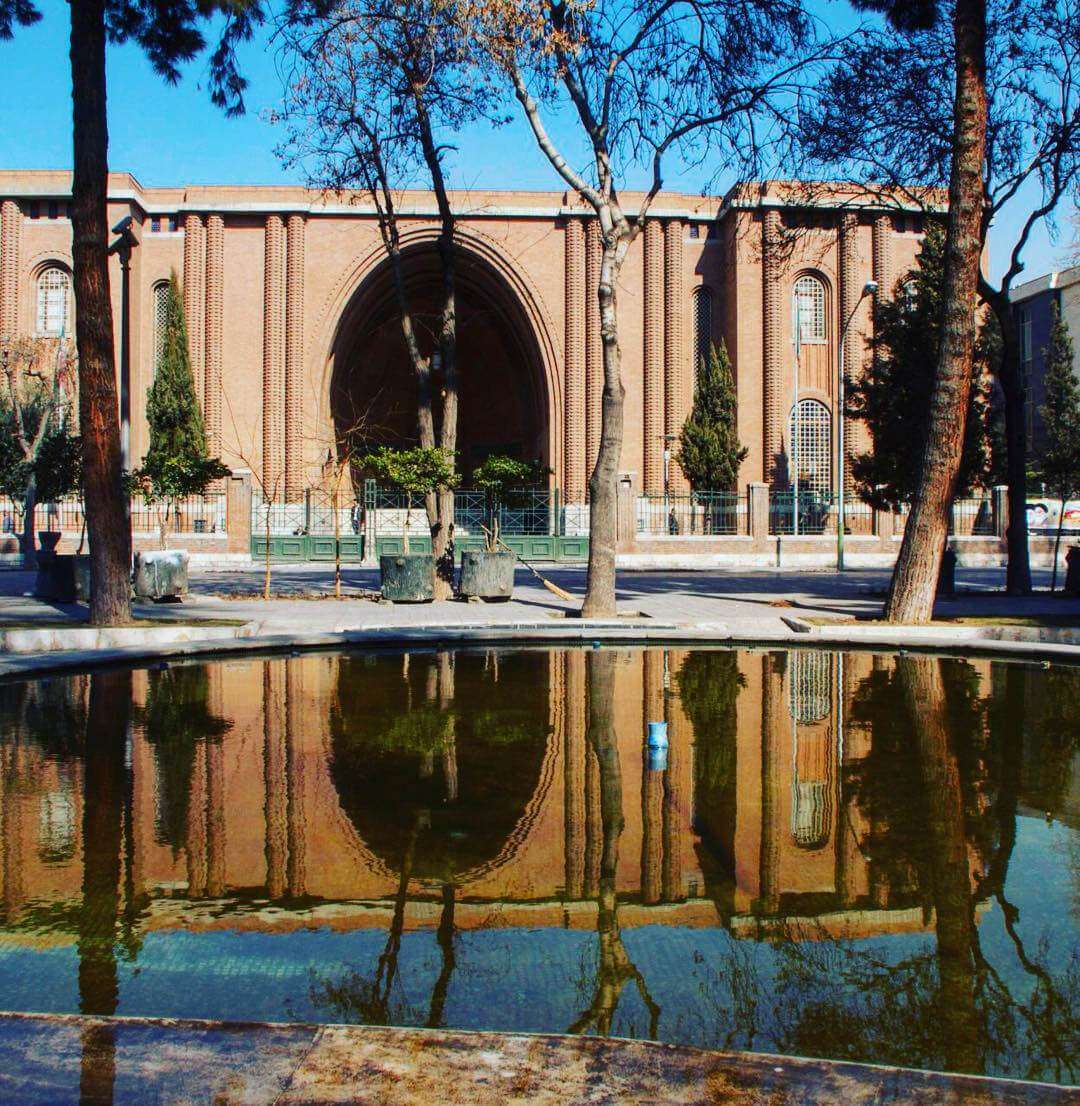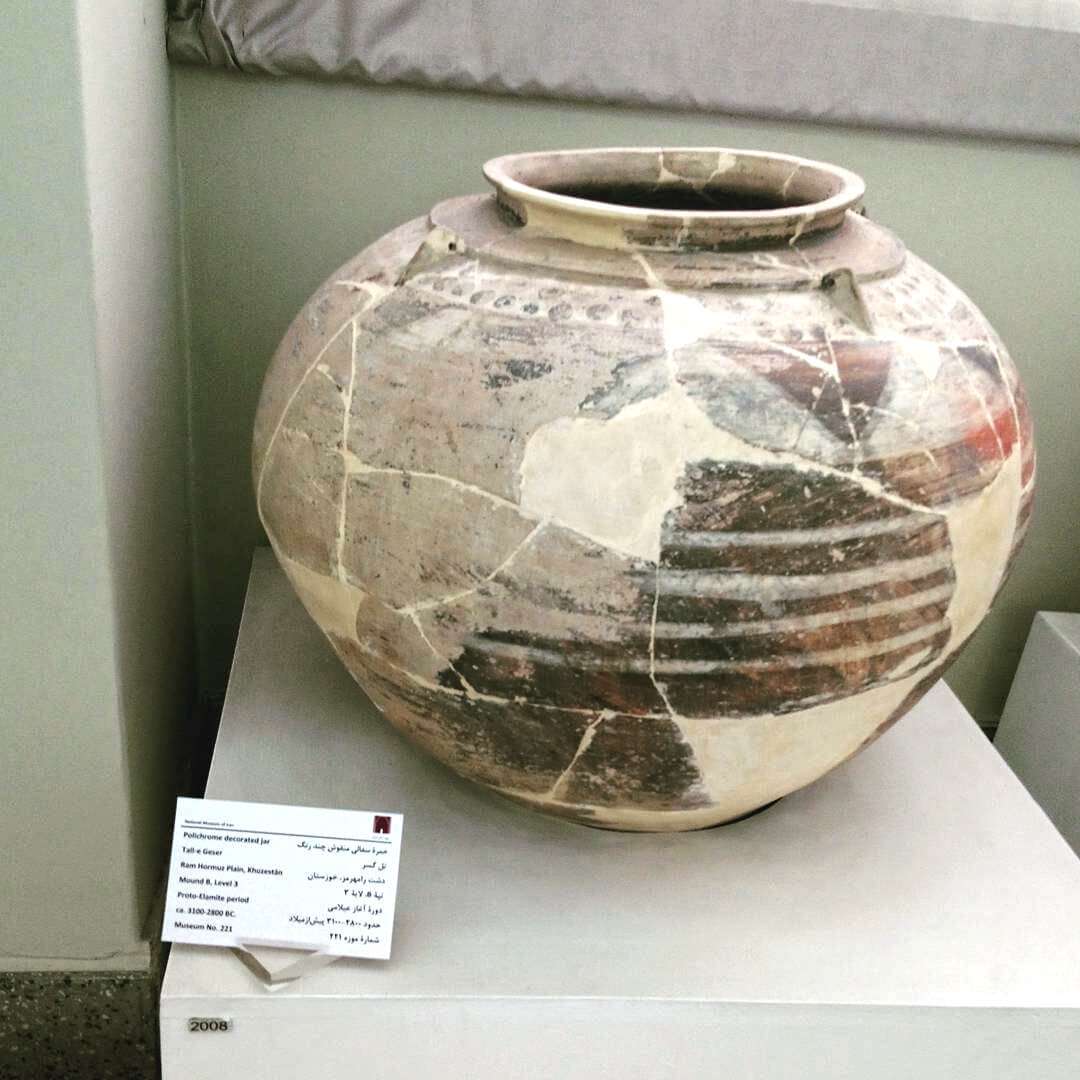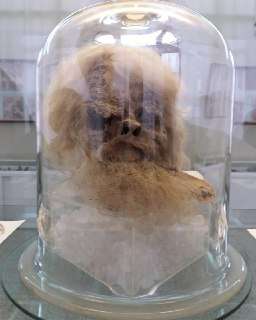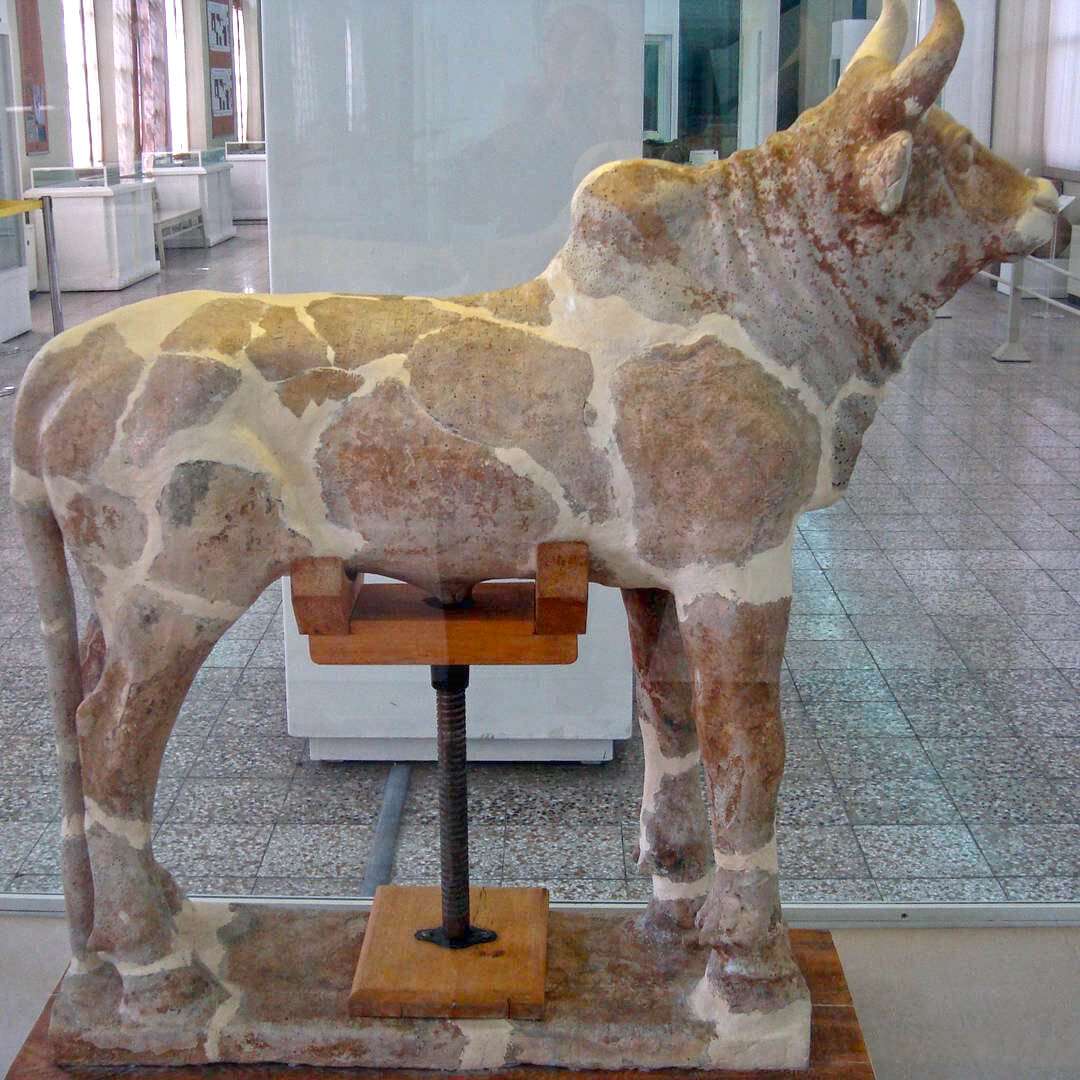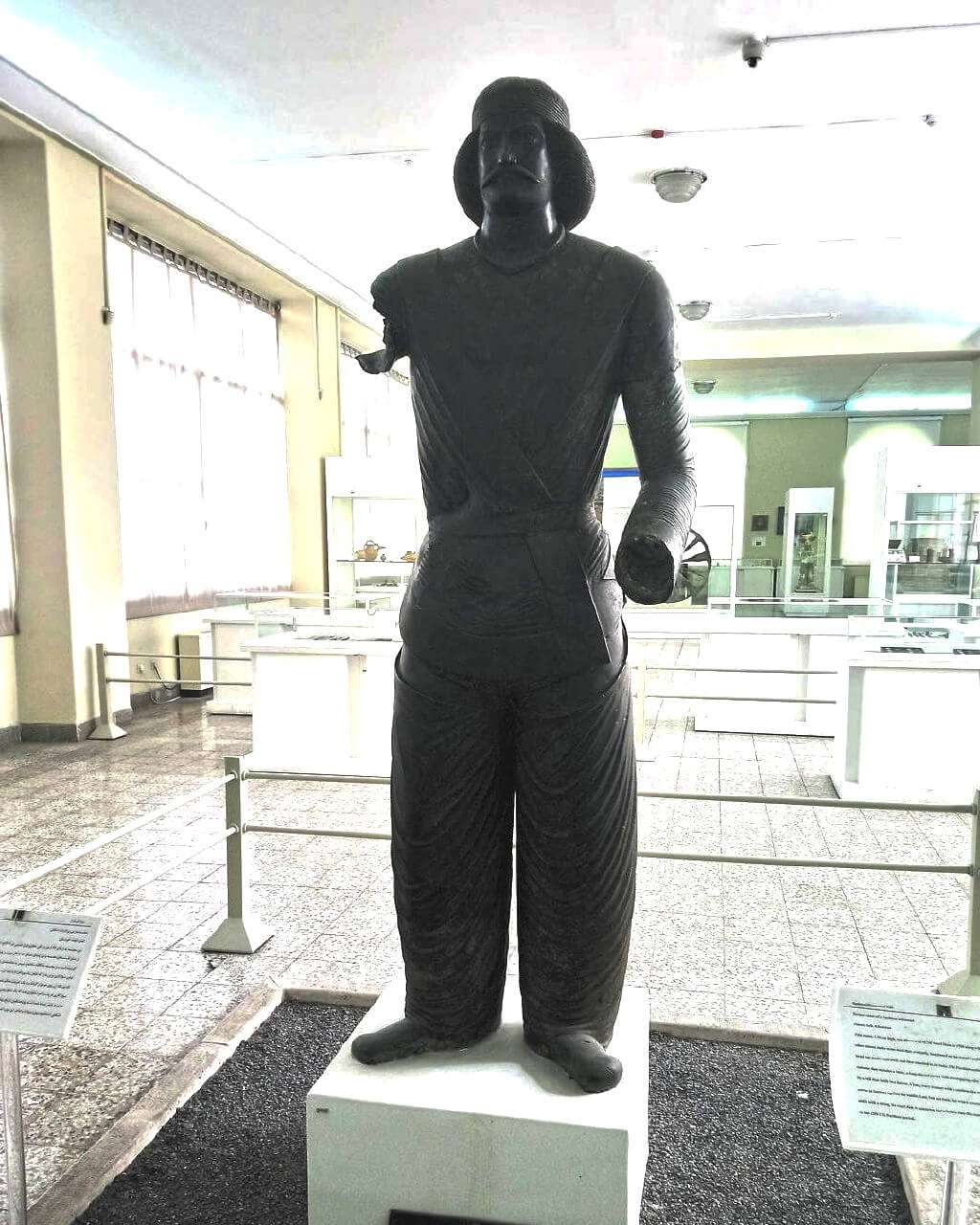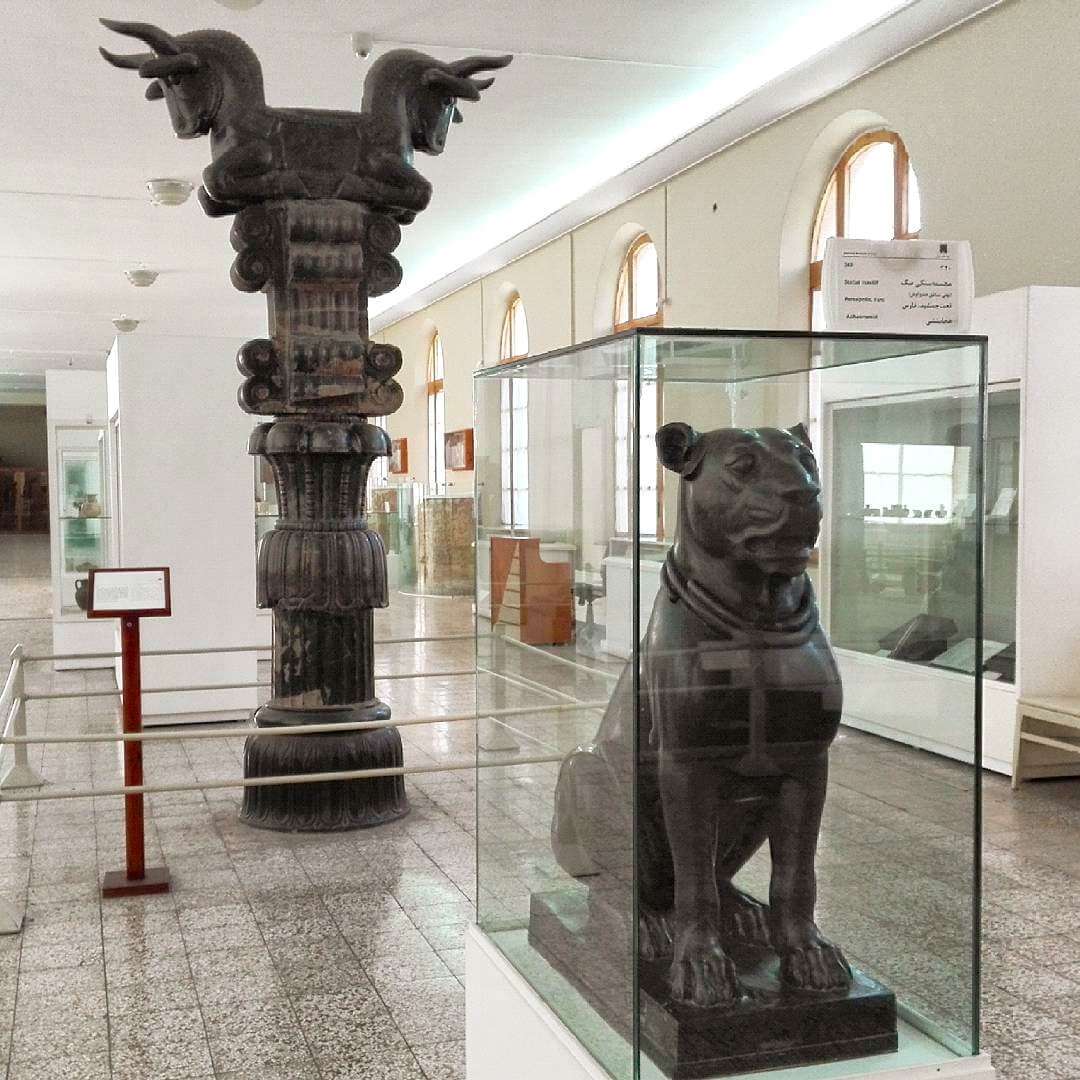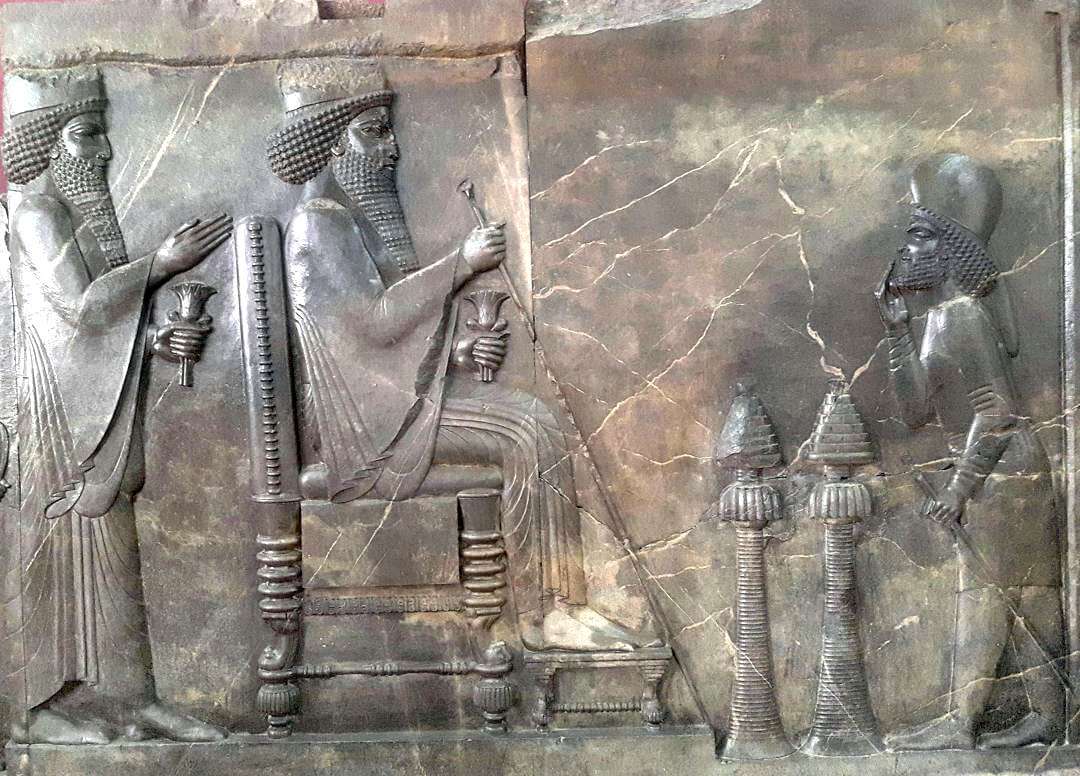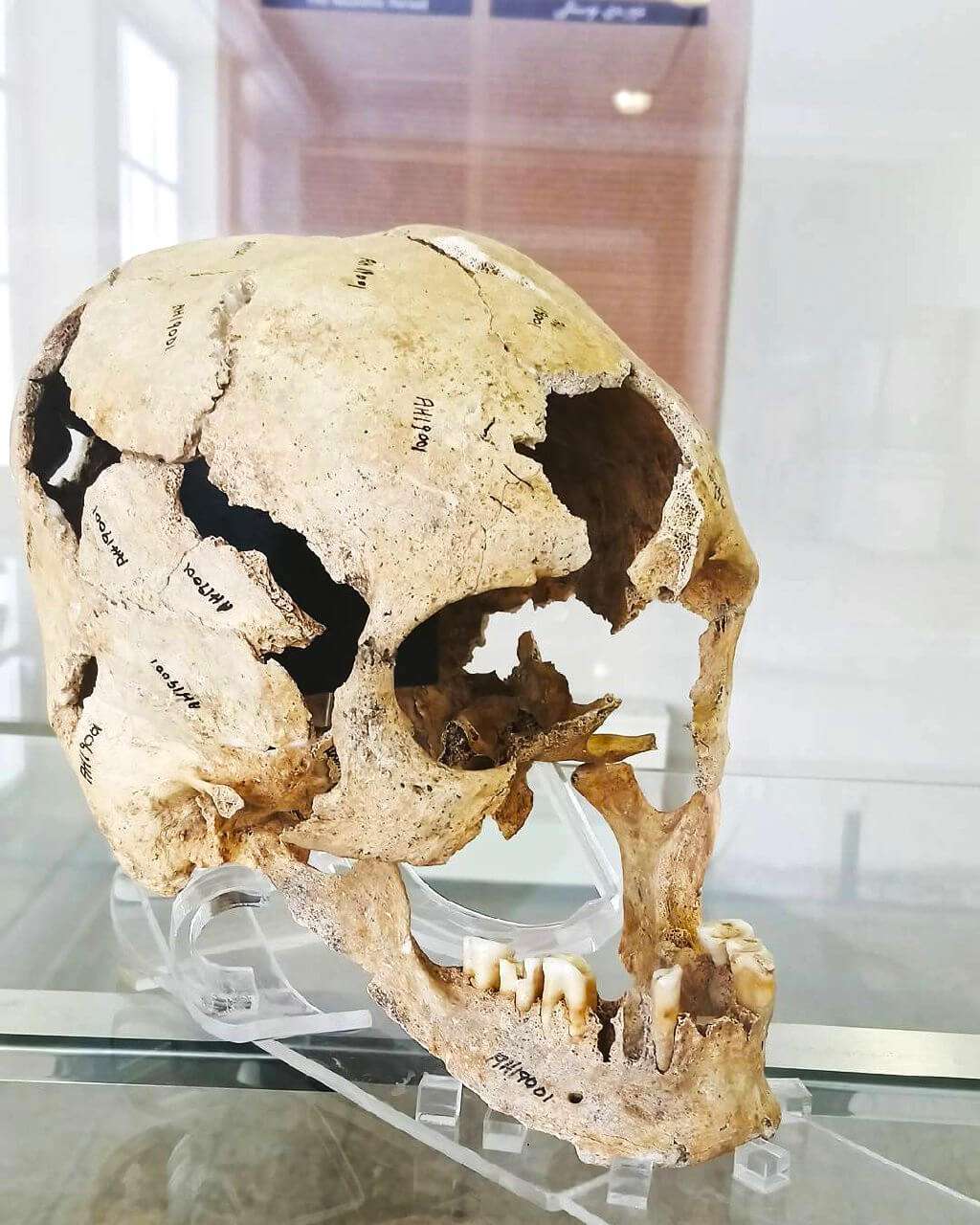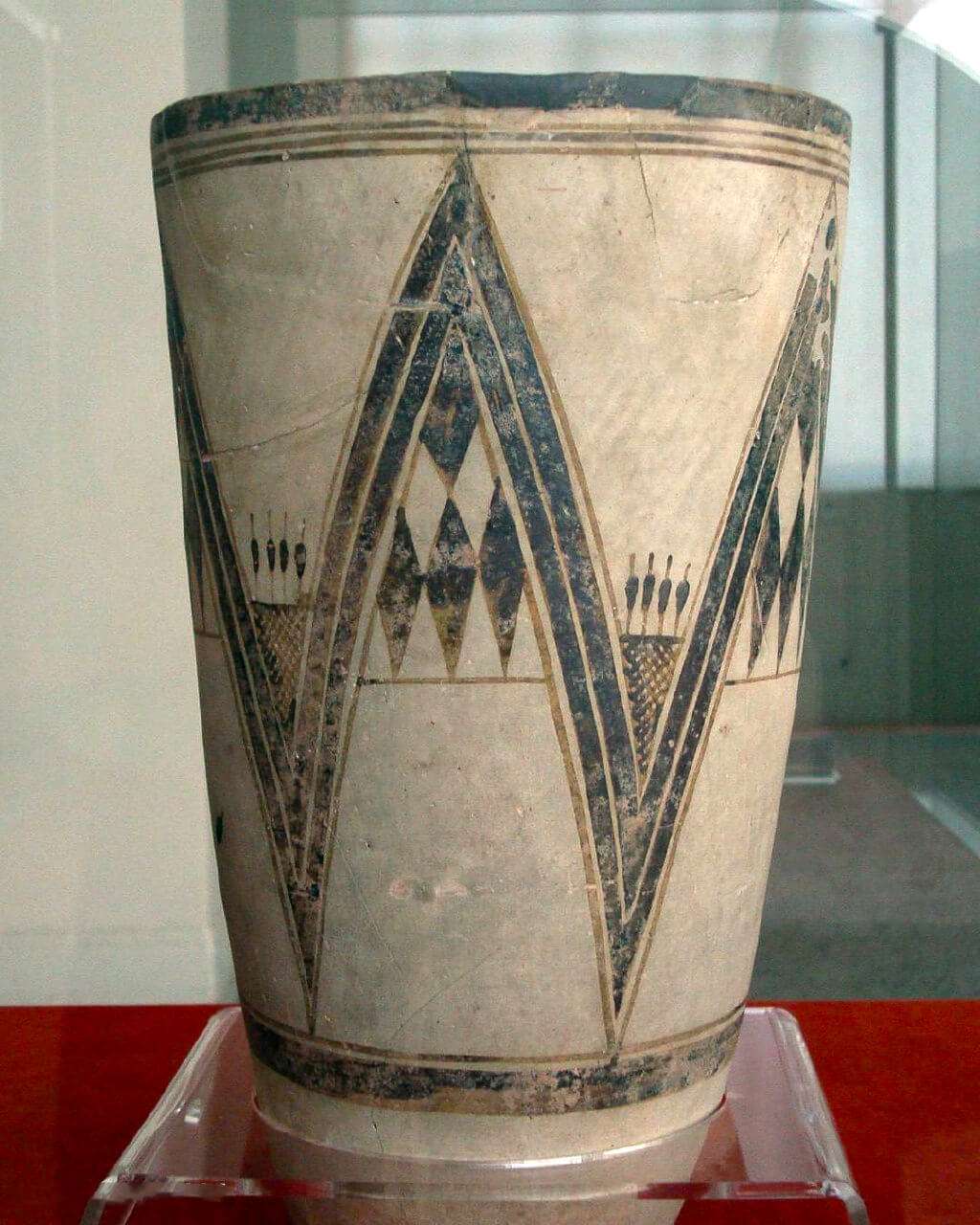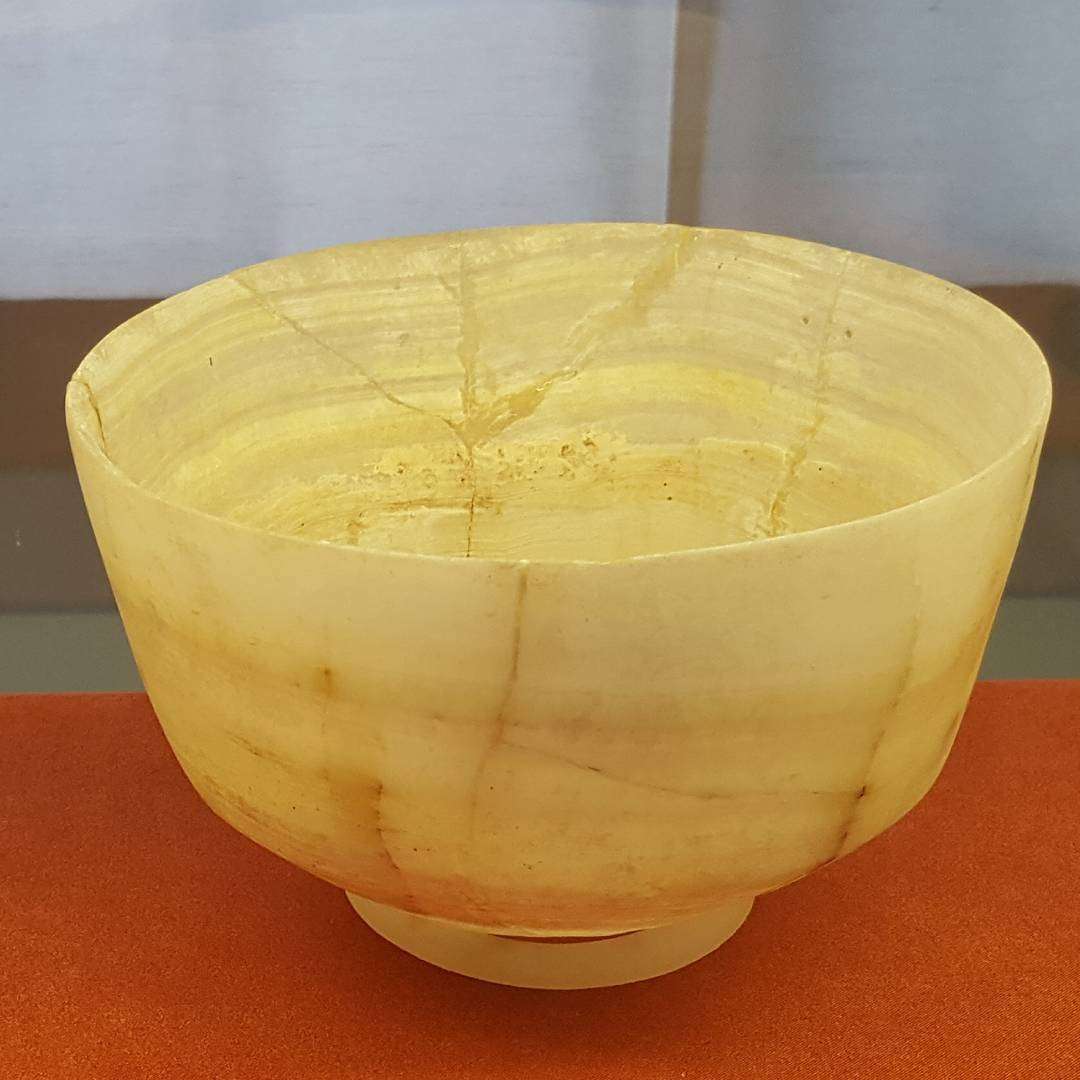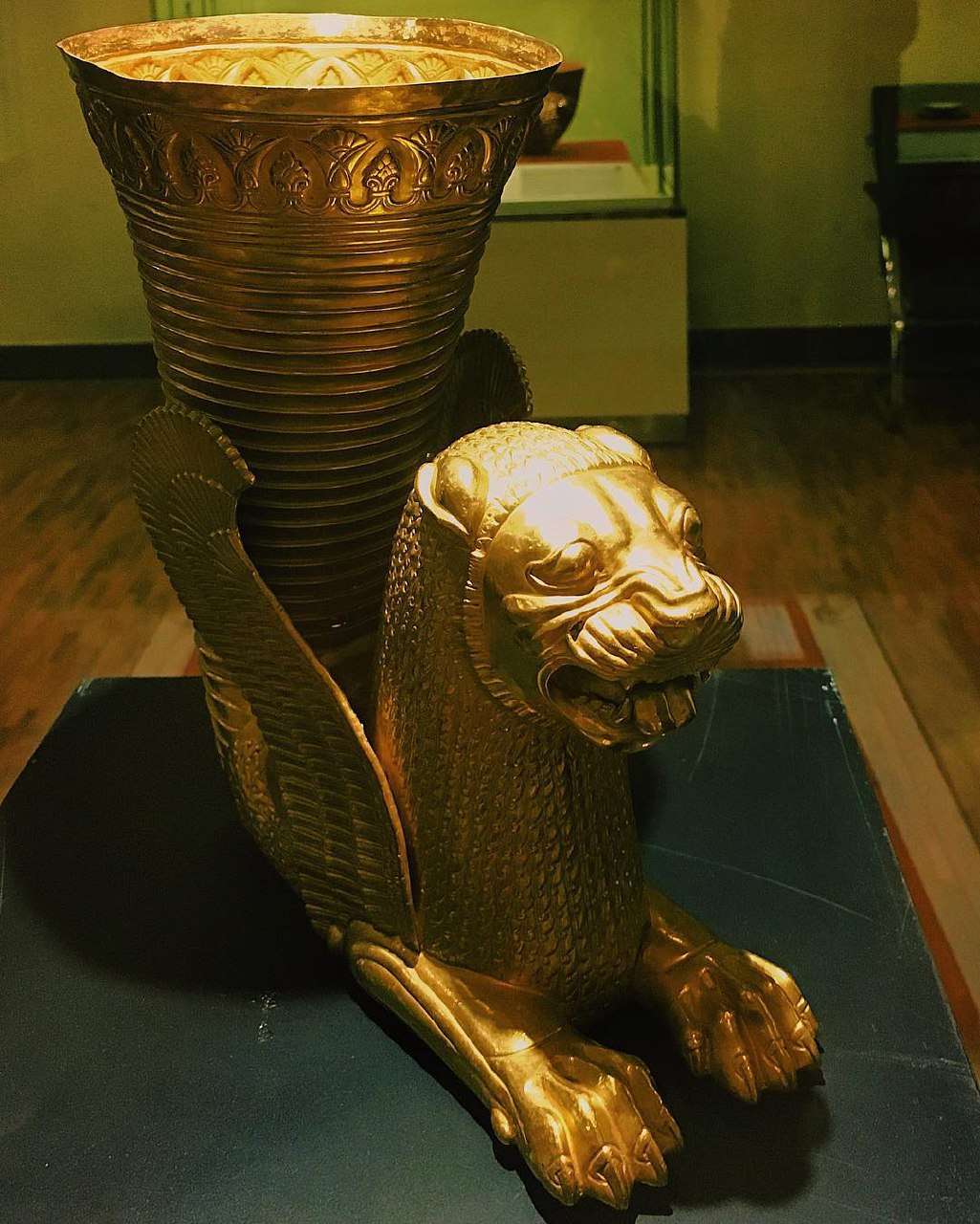National Museum of Iran
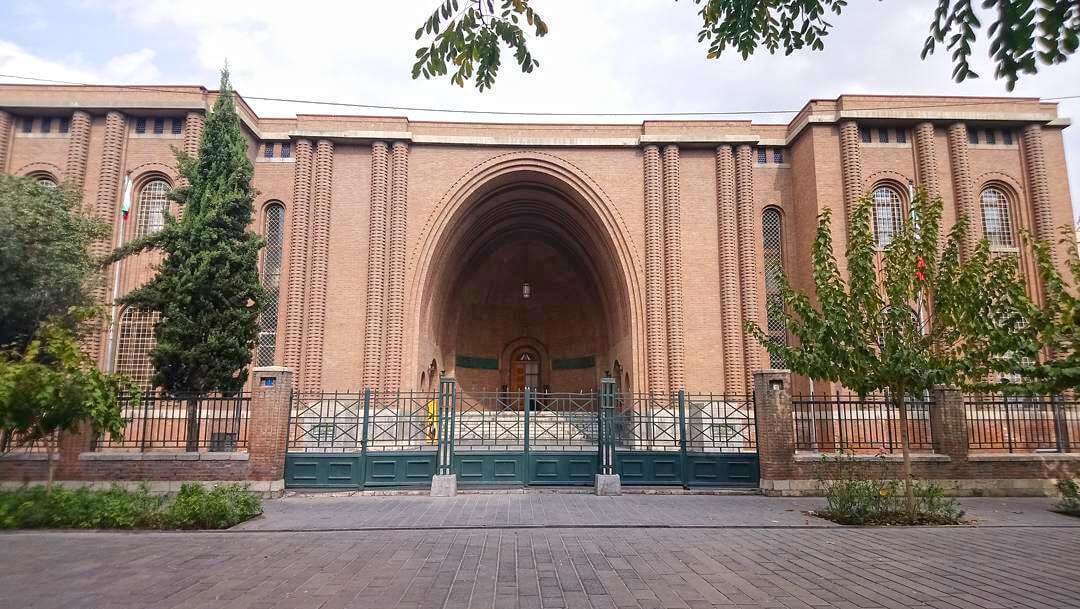
- Visiting
National Museum of Iran in Tehran
- ThemeHistory and Culture
- CodeIRSG43
- Duration3 hr(s)
- Websiteirannationalmuseum.ir
- Tell021-66702061
Exploring the National Museum of Iran showcasing the historical relics from pre-historic to the Islamic era.
- Spring9:00-19:00 *
- Summer9:00-19:00
- Autumn9:00-18:00 *
- Winter9:00-18:00
* Best Time
Photos of the National Museum of Iran
Explore the National Museum of Iran
National Museum of Iran
In addition to 5000 years of history marked by the invention of writing, Iran also has a quite long pre-history, holding enormous stories. Iran plays an important role in the development of Middle Eastern civilization, and it holds many objects representing the various traditions, cultures, and arts of what has come to be known as the ancient civilization. National museum of Iran highlights the ancient items exploring the invention of tools in different eras and artistic and architectural developments which affected life in ancient Iran.
The ancient Iran museum, founded in 1937, encompasses items from Paleolithic to the end of Sassanid era. If you visit only one museum in Iran, make it the National Museum of Iran. This 11000-square-meter building was designed by the well-known French architect, Andre Godard, inspired by the Sassanid vault (Taq-e Kasra or the Archway of Ctesiphon) and brickwork which reflect the magnificence of culture, art, and architecture. Objects on display are curated geographically and chronologically from the prehistoric times to the Islamic era.
Highlights
- Ancient Iran Museum
- Islamic Era Museum
Ancient Iran Museum
With the natural light coming through the large windows on the west and the east, this museum brightens the path of history by offering a rich look at the Ancient history of Iran. Upstairs, the collection spans the pre-historic, lower Paleolithic, Middle Paleolithic and Upper Paleolithic. This storey houses the oldest artifacts found in Iran, dating back to 800,000 years ago, potteries beginning from the 4th millennium B.C and everyday bronze objects from the Bronze Age to the first millennium B.C. It also holds findings of archaeological excavations, gifted and refunded objects giving a clear sense of art and culture of ancient Iran. It covers the most ancient artifacts in Iran Plateau containing objects from Lorestan and Khuzestan provinces, Sialk hills of Kashan, Susa, etc.
The Bronze Age started about 3000 B.C in Iran and Lorestan was the most outstanding place in making Bronze items. Bronze items were excavated from individual and collective tombs reflecting the belief in the afterlife. In general, the bronze items found in Lorestan classified as follows: war items, jewelries, dishes, horse accessories, effigies, stamps and praying items which are on the exhibit here.
Highlights in the first storey galleries include the Storage jar dating back to ca. 3800–3700 B.C. which was found in Shahr-e- Sukhte from a grave which belonged to a 20-25-year-old man. This Chalcolithic item is decorated with mountain goats, reflecting dynamism and movement and it possesses a great energy projecting through enlarged horns. This antelope symbioses the blessing and abundance with its big round horns representing the sun. To describe more, decorative painting on pottery reached its zenith in the fourth millennium B.C. in Iran. Among the prehistoric exquisite treasure, some items from Marlik, excavated in Gilan, is also of real interest. Marlik was a royal sanctuary dating back to 1100 B.C where several buried effigies were excavated. The effigies were both of humans and animals, animal figures mostly being cow, deer, ram, and mule.
A great range of items, from the pre-historic to the Islamic era, were found in Susa. Among the most precious items found in Susa are vessels, decorated with three antelopes with exaggerated horns. Except the one kept in this museum, the other one is preserved in the Louvre museum. The cylindrical dishes, flasks dating back to 3000 B.C, small potteries, small effigies, stone dishes and the great lion statue dating back to 2000 B.C. are other findings from Susa. The Elamites invented the writing in 3000 B.C and the oldest sample of writing of Iran was found in Susa. Therefore, one of the most significant features of Susa is the excavation of the oldest inscription sample, written in the proto-Elamite language.
The eastern part is graced by the Iron Age, Copper Age and Elamite works. The history of Elam is divided into Proto-Elamite and old Elamite. The old Elamite period is contemporary to the middle Bronze Age, the middle Elamite is from c. 1500 to c. 1100 BC and Neo-Elamite period mark the beginning of the Achaemenid period. In the inner hall of the lower storey, stood a statue of a cow, dating back to ca. 1275 B.C.E–ca. 1240 BC, guarded the staircases of the ziggurat in Chogha Zanbil. It was an important religious center for the Elamites and it is the oldest religious building in Iran. The 16-line inscription in Elamite, an official language for years, shows that this is devoted to the Elamite gods. Also, some glass tubes were found in Chogha Zanbil, which are the oldest glassware in Iran. These glass tubes date back to the second millennium B.C reflecting one of the oldest use of glass in architecture. The other iconic objects are the animal’s head, the bronze chariot wheel, and mace. You can experience an intimate historical journey on the ground floor spanning another chapter of Iran’s history. Objects on display narrate Elamites, Achaemenids, Seleucids, Parthian, and Sassanid stories.
The massive stone pieces on the north wing mark the power of the largest empire the world had seen up until that time, Achaemenes. The Achaemenid dishes are stone dishes, mostly found from Persepolis. One stone plate is inscribed in Elamite and cuneiform with the name of Xerxes on it. Achaemenid potteries are mostly in yellow, red and grey color with simple patterns.
The bronze and glass wares and turquoise items, attributed to Achaemenids, were also found in Persepolis, Susa, and Hamedan. Bronze items were limited in this era. The most prominent Achaemenid statue is Darius’s statue which was brought from Egypt to Iran. On the right side of the statue, an inscription is written in three languages: Old Persian, Elamite and Akkadian and, also, on its leg 24 nations are pictured. This statue was mostly ruined by Alexander and his fellows. The other iconic items are a marble statue belonging to Penelope, the spouse of a Greek governor who sent his wife’s statute as a gift to the court, Persepolis staircases dating back to ca. 480 BCE–ca. 470 BCE and other Achaemenid remains such as dishes excavated in Susa and Pasargadae, several inscriptions including the precious one from the Audience palace, animal-human statues, dog's head and columns with two bulls coming from Apadana. Continue to the west wing, and have an overview of the Seleucid, Parthian and Sassanid eras. The special exhibition featuring Seleucid period holds potteries, inscriptions and copper statues reflecting the Hellenistic influence. The glass objects in this era were enjoyed the higher quality both in case of art and technique of producing compared to other eras. These dishes are mostly tall containers, bowls, and dishes with a tight spout which is believed to be perfume bottles. The characteristic of the glasses of this era is the dishes with large and furrowed handles.
To gain a sense of the life of Parthians, who ruled in Iran from 247 BC to 228 AD, start with the striking copper statue of the Parthian nobleman with 194.60 cm height dating back to ca. 140 BCE–ca. 224 CE. Then continue to the visit potteries attributed to Parthians which were mostly found in Susa, Ardabil, and Gilan. The last relief of Parthian, dating back to the fifth Ardavan, is also on exhibit here. The relief shows the fifth Ardavan sitting on the throne and the local king of Susa is in front of him. In comparison to the Achaemenes reliefs, those of Parthians enjoy less quality and delicacy. The later periods of the Parthian and Sasanian empires mark a revival of Iranian culture and this revival is represented through displays including potteries, rhytons, plates, war tools and silver and copper items. The other highlight of Sassanid era is a salty man found in the salt mine dating back to 1700 years ago; the other three salty men are kept in Zolfaqari museum in Zanjan. Unlike in Egypt, there is no sign of mummification with artificial materials in Iran. Here, corpses were mummified using natural elements, like heat and salt.
Islamic Era Museum
The Islamic Era Museum is located in the same complex of national museum, ranging in date from the 7th century to the 19th century. The collection is spread over two storeys which includes exquisite textile, carpet, metal works, ceramics, and enamel works. The first storey is graced by Safavid (on the northern and eastern part of the hall), Afshar, Zand and Qajarid art (on the west) which build the bridges of understanding between various Islamic eras in Iran.
Weakened and degenerated, the Sassanid empire provided the opportunity for the Arabs invasion. Following the defeat of the Sassanids, in the 7th century, the legendary royal standard fell into the hands of Arabs. Widely spread through different regions and histories, Islamic art holds various styles and influences. The Islamic art is not necessarily made by Muslims, but the influence of Islamic culture and region is quite noticeable. The Muslims’ way of life is reflected in art and architecture. The Islamic art is inspired by pre-Islamic Persia, Byzantine, Roman, Chinese and many others. It is mostly characterized by repeating floral, vegetal, geometric and arabesque patterns.
The second storey displays various artworks dating back to the early Islam, stretching on the eastern part, Seljuks (11th and 12th century), on the northern part and Ilkhanids on the west part. This resource examining the Seljuk’s rich treasure rewards an introduction. The most creative period in the history of the Islamic world, the Seljuk era provides visitors with a unique insight into the splendid artistic works. Over fifty years, Seljuks ruled a vast territory, stretching from Iran to Iraq and Anatolia. In this era, Iran enjoyed a climax in its cultural and artistic sphere which inspired other times and eras. The establishment of several schools and mausoleums, the invention of an architectural plan with quadruple porches (ayvan), the impressive brickworks and stucco works, Kufic calligraphy, illuminated manuscripts and splendid enamels, all demonstrate the prosperity of architecture in this era.
Browse around 150 thousand of coins with the name of Caliphates on them revealing variations during eras; potteries, the oldest Islamic-era painting on plaster, Qu’rans belonging to the 10th to 14th century, the best samples of Qu’ran written in fine Kufic to get the details of arts, history, and culture. The most salient decorative art is Calligraphy which is extensively used to adorn tiles, buildings, potteries, glasses, etc. The Islamic collection showcases the rich artistic heritage of the Islamic era and it is presented as an indicator of the Islamic art from the 10th century. You can drown yourself in the firmness and glory of the Ilkhanid architecture by passing through the 14th-century altar (mihrabs) decorated in plaster and gold which is a stunner.
In order to get a full insight of Safavid era, take a closer look at miniatures, paintings on pen boxes, braid knitting, brocade and other precious hand-woven textiles and carpets from 15th to 19th century AD. The Safavid collection also includes fantastic mirror work and inlaid work from the 16th and 17th centuries. The explanations about economics and political information, placed on the entrance, allow you to have a comprehensive insight into this era. Then, discover the Qajarid art by examining oil paintings on canvas and glasses, a various range of calligraphies and mirror works.
Important Information
Additional Info
If you don’t have a professional guide to explain about different parts of the museum, it is better to take an English brochure from the ticket office for free
Only no flash photography is permitted in the museum
The Museum is closed on National holidays (religious mourning days).
Cost Info
- Special Chelo Kabab-e Loqmeh in Termeh Restaurant 3 €
- Tea in Malek Café -
- Destination
- Transportation Type
- Transportation Fee---




